Special Report
The US May Have 'COVID-19 Free Zones' According to This Famous Doctor
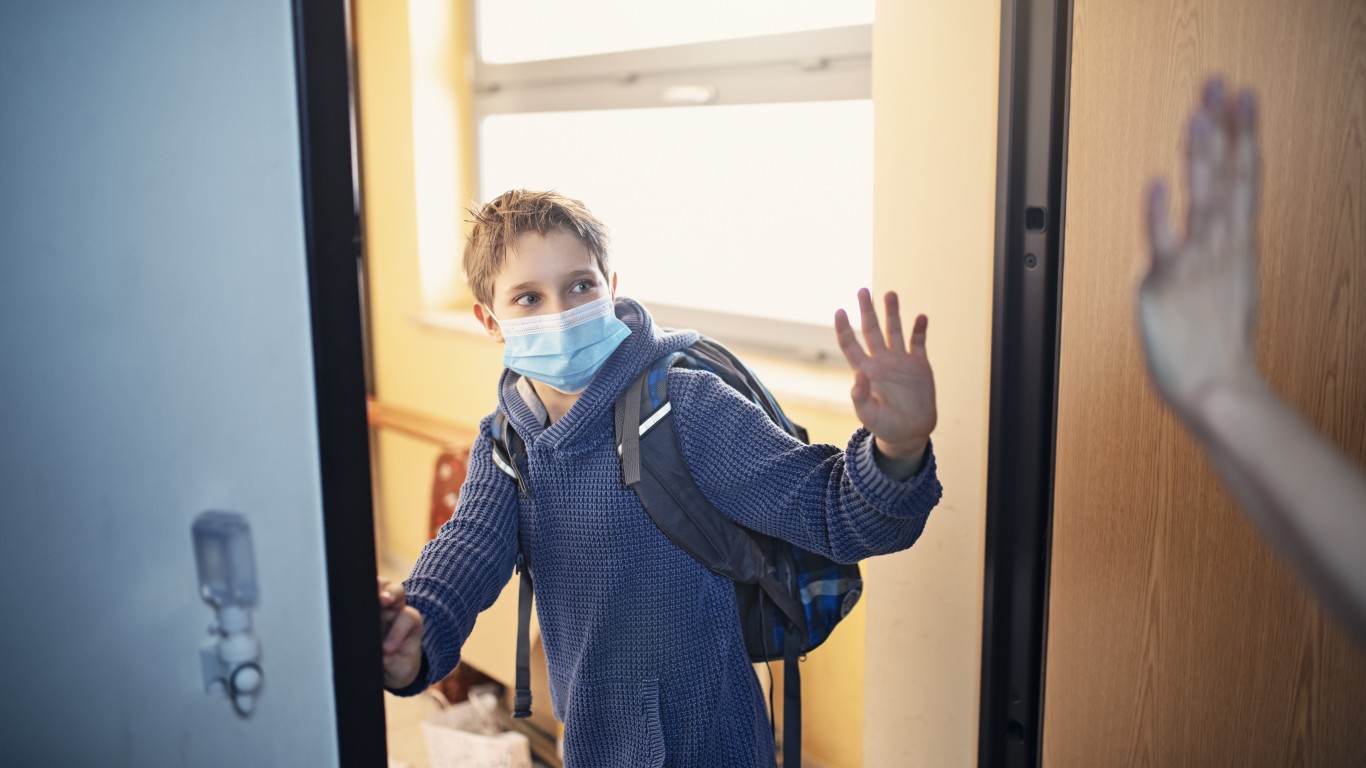
Published:
Last Updated:

The COVID-19 pandemic has spread so widely that not a single of the over 3,000 counties in America have remained uninfected. Only a few dozen have had no deaths. And although the spread of the disease has slowed, it has already killed over 500,000 American. One famous doctor recently said there could eventually be “COVID-19 free zones.”
It is hard to imagine a world in which COVID-19 may disappear. The pace at which confirmed COVID-19 cases rise in the U.S. has tapered from over 200,000 a day to an average of under 100,000. Nevertheless, the confirmed case count is 28,325,091, about 25% of the world’s total. And, some scientists and medical experts think this figure is far too low because of poor testing and asymptomatic carriers.
Only about 5% of adult Americans have received the recommended two shots. Vaccination rates have been slow, and in some states few doses are available at all. President Biden says the federal government has contracted for 200 million new doses, but all of those will not be delivered before the end of July.
Nevertheless, Dr Yaneer Bar-Yam, professor and president of the New England Complex Systems Institute, told John Whyte, MD, MPH, the Chief Medical Officer at WebMD, that for an area to be “COVID-19 free”, it would need to be locked down for at least five weeks. No working outside the home, no school, no public gatherings. And, even after that, if an outsider enters the COVID-19 free zone later, it becomes at risk.
Click here to see how the US may have “Covid-19 free zones”.
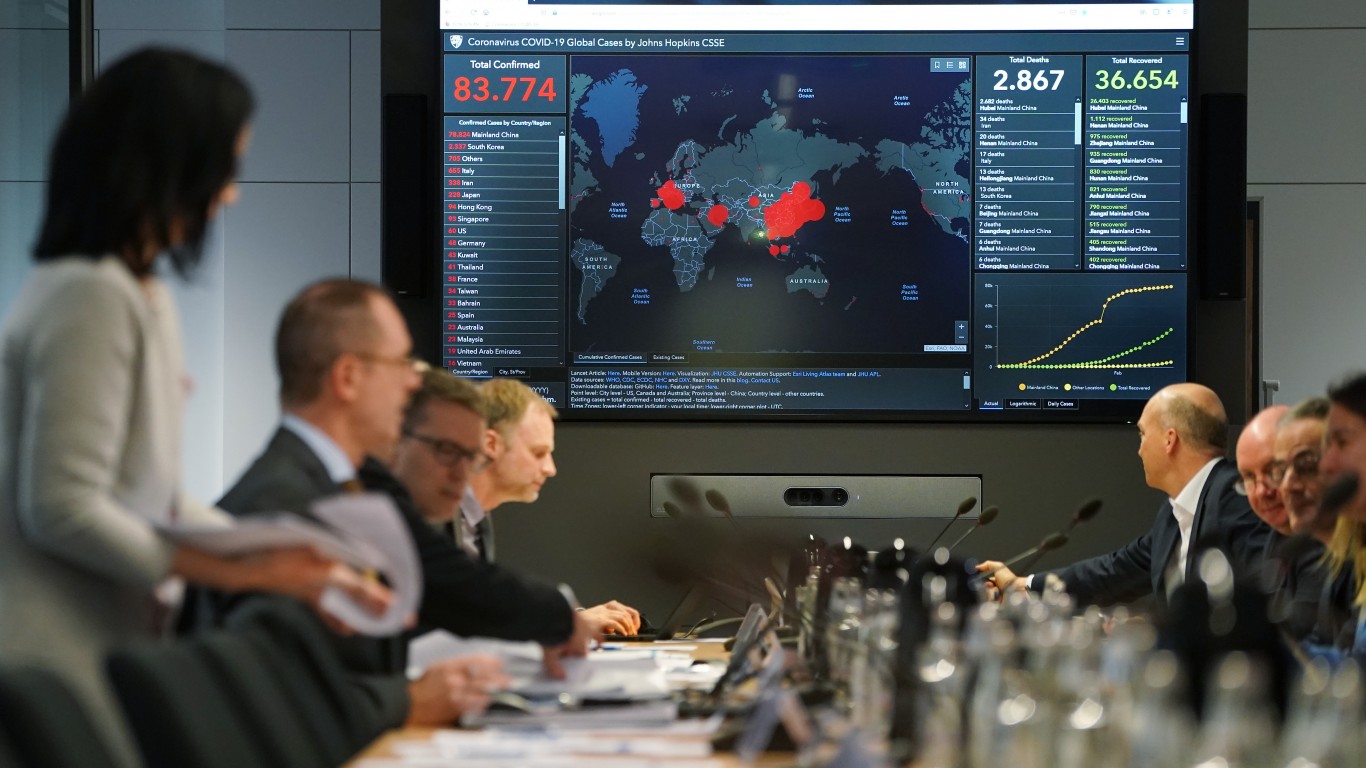
Europe’s most aggressive COVID-19 strategy
In the medical journal The Lancet, several experts discussed a “No-COVID strategy”, according to Dr. Bar-Yam .Several proposals were discussed. The most aggressive was from Europe.
“The German proposal recommends a regional focus when the incidence of infection in an area falls to zero, the region should be declared a green zone. Strict protective contact and travel restrictions should be imposed around this zone, with robust test, trace, and isolate protocols.”
[in-text-ad]
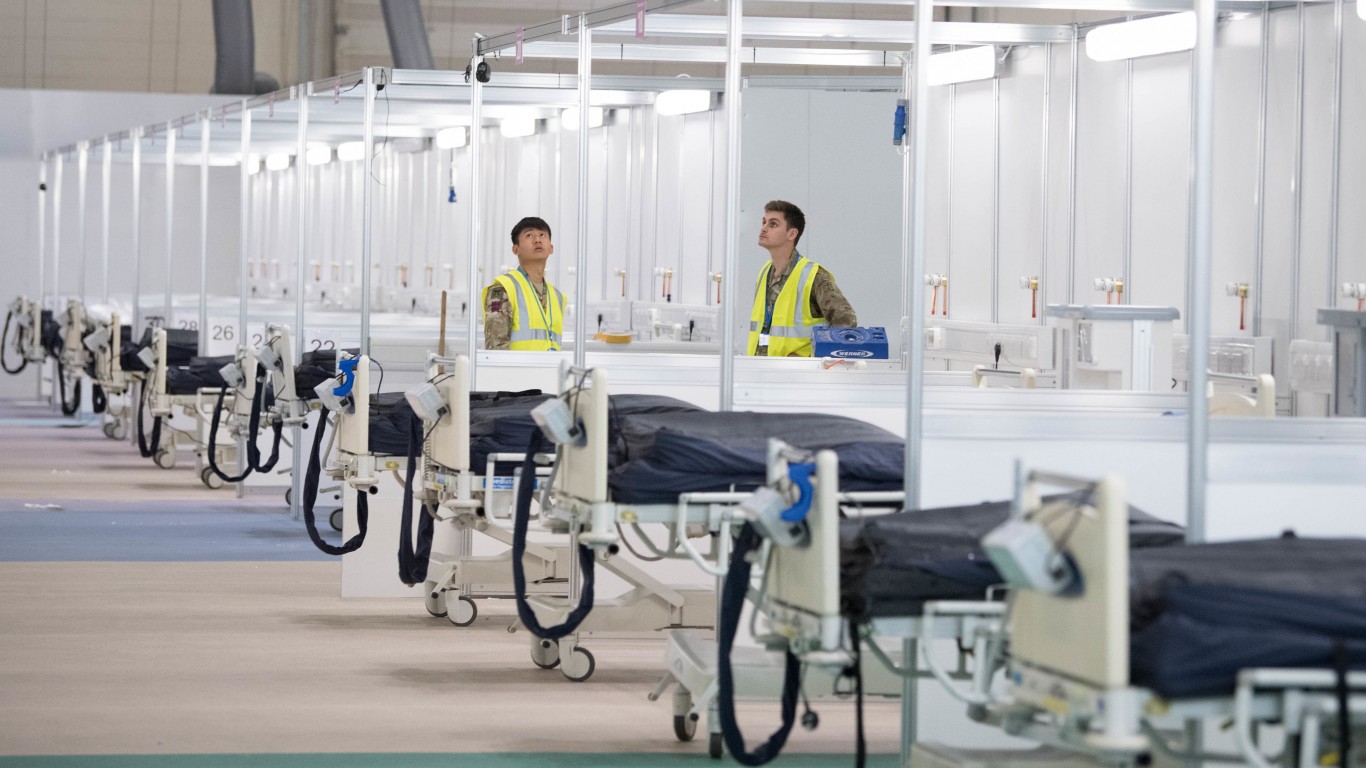
The risk of COVID-19 variants
Among the reasons that progress toward a “COVID-19 free” zone is attractive is concern that the current spread will get much worse again. Dr. Bar-Yam commented “With a more rapidly spreading variant, it’s going to go way back up very quickly, and we’re going to have to take much stronger action and restrictions in order to just maintain it at a level that’s not swamping our hospital systems and killing huge numbers of people who cannot even get treatment.”
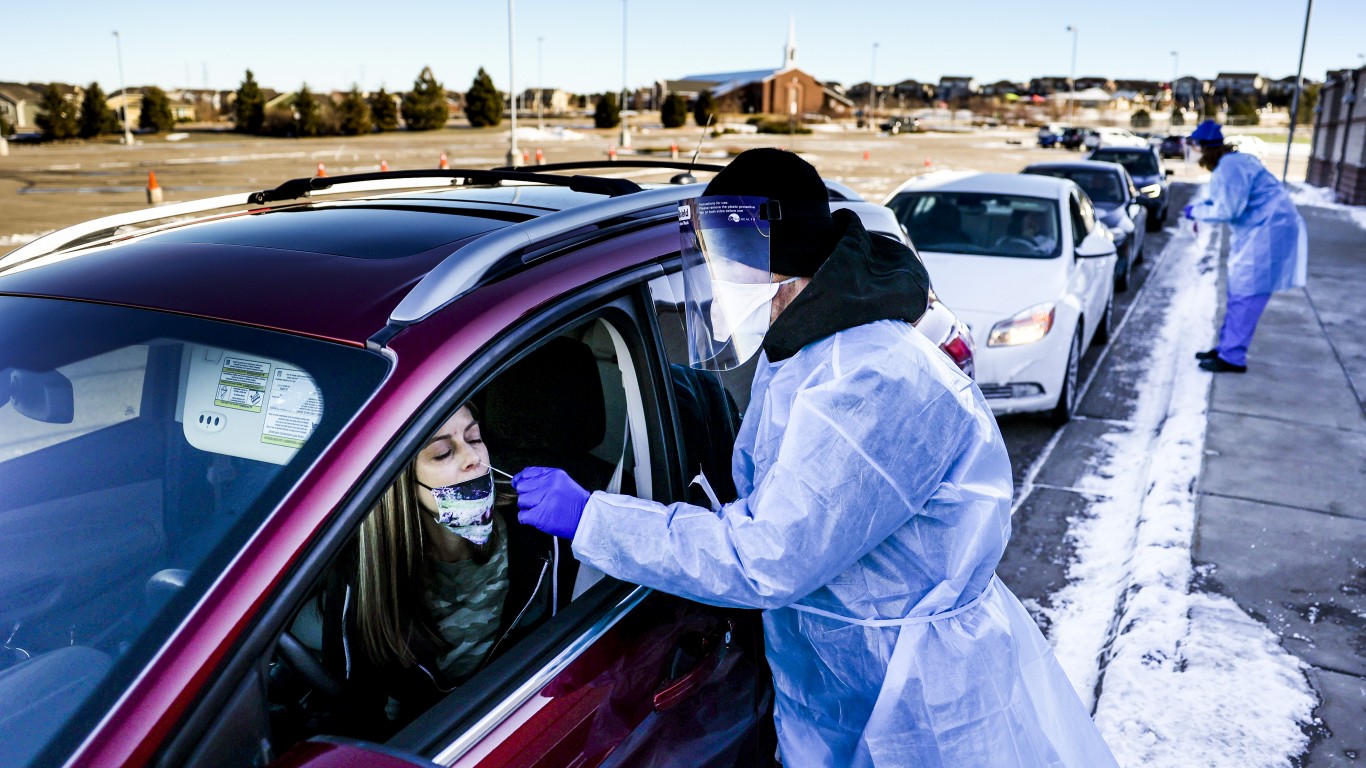
At least 3 new variants are currently in circulation
If vaccination rates continue to move slowly the three new variants that have reached the United States — from Brazil, South Africa, and the U.K can be expected to increase infections. One spread so quickly that scientists believe it may become the most prevalent strain in the country by the end of March. An aggressive variant could cause another surge of serious illnesses and deaths.
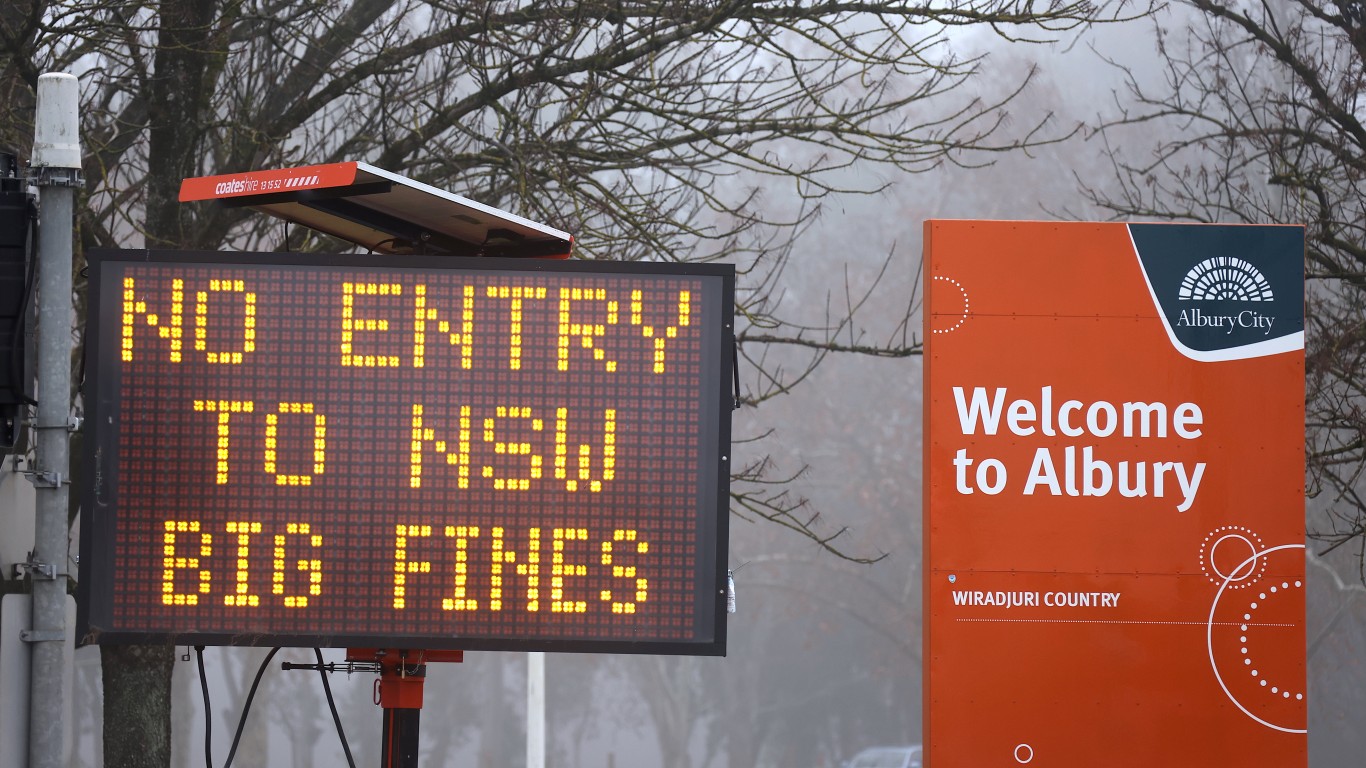
Australia’s travel restrictions
One of the keys to such a “COVID-19 free zone” is extremely strict restriction to travel. One example given is Australia, which essentially closed its borders. The most aggressive actions were taken in Melbourne.
According to Vox, “The goal was not just to slow Covid-19 down. It was to eradicate the virus. The state had gone into a stage 4 lockdown — most businesses closed, there was a nightly curfew, and residents were ordered to stay within five kilometers of their home — in August, and it was then extended in September, with the explicit goal of eventually reaching zero new cases.”
[in-text-ad-2]
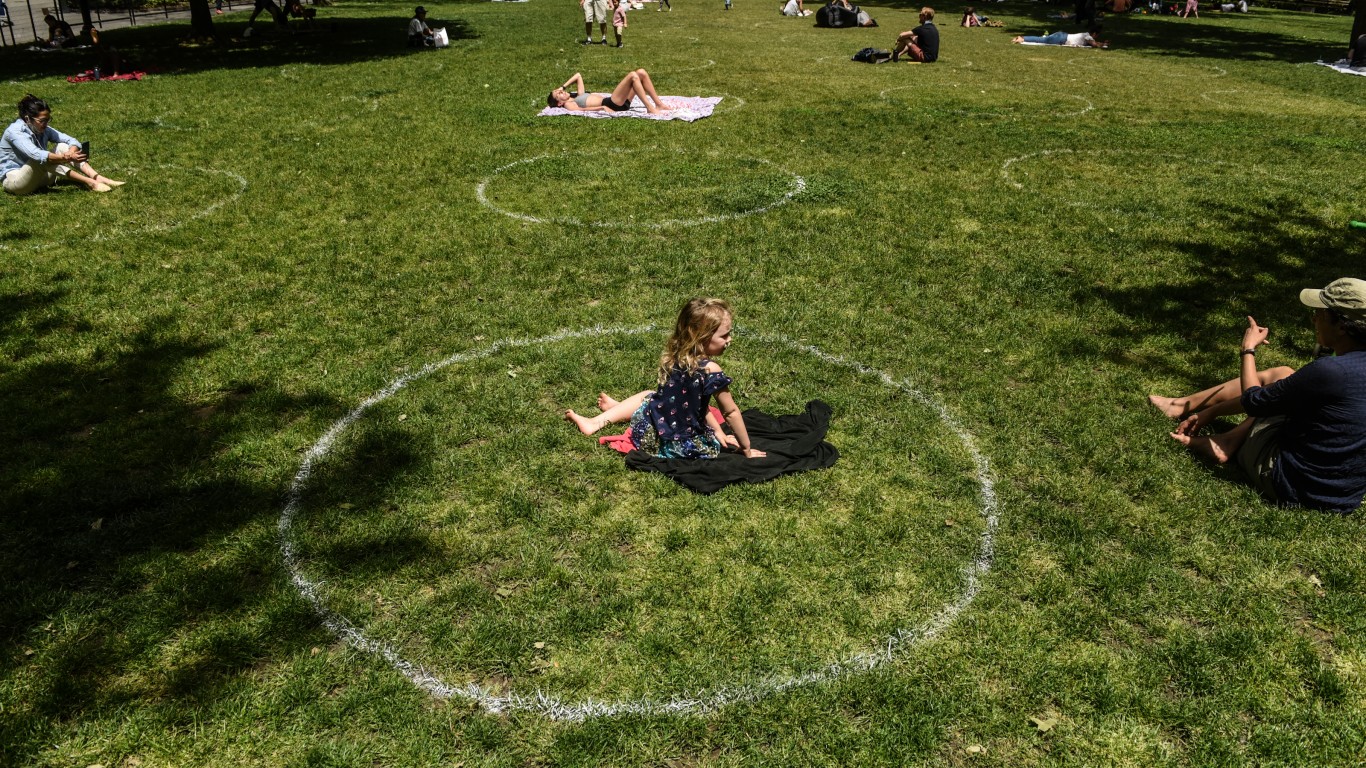
Success in other countries is unlikely to be replicated in the USA
One of the most important points from the conversation between Whyte and Bar-Yam is that programs like the one in Melbourne simply have not worked elsewhere. Their conclusion was that “Previous lockdowns were not strict enough to eliminate the virus.” It would seem that a system like the one they described has little chance of working in the United States. The disease has not left any part of the U.S. untouched, in large part because there has not been a long period of strict social distancing, contract tracing, and vaccination across any meaningfully large part of the population.
Are you ahead, or behind on retirement? For families with more than $500,000 saved for retirement, finding a financial advisor who puts your interest first can be the difference, and today it’s easier than ever. SmartAsset’s free tool matches you with up to three fiduciary financial advisors who serve your area in minutes. Each advisor has been carefully vetted and must act in your best interests. Start your search now.
If you’ve saved and built a substantial nest egg for you and your family, don’t delay; get started right here and help your retirement dreams become a retirement reality.
Thank you for reading! Have some feedback for us?
Contact the 24/7 Wall St. editorial team.